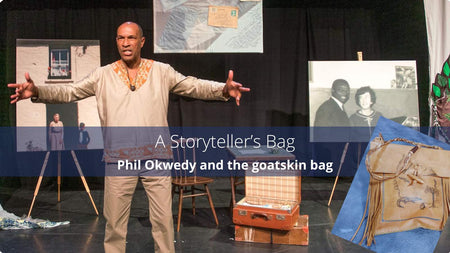What exactly is ASMR and why the fuss?
As part of our look at leathercraft and wellbeing this month we are taking a look at ASMR.
Around 15 years ago chatting amongst some old friends we discussed the weird and pleasurable shivery feeling we got in our scalps from certain things. For example, for Vicky it was low voices, and for Dave watching someone do calligraphy. Out of eight of us, around five had experienced this without being able to say why.
The technical definition...
“Autonomous sensory meridian response is a tingling sensation that usually begins on the scalp and moves down the back of the neck and upper spine. A pleasant form of paresthesia, it has been compared with auditory-tactile synesthesia and may overlap with frisson”
Source Wikipedia
#wellbeing #leathercraft #leathercraftasmr #asmr #tingles #slowtv #mindfullness #insomnia #reducestress
The feeling of well-being is usually combined with a tingling sensation in the scalp and down the back of the neck, light shivering or goosebumps; and is experienced by some people in response to a specific gentle stimulus, often quiet sounds, movements that are deliberate, repetitive, and ordinary, or combination of the two.
The sensation is very relaxing and sedative and can be used to reduce stress and anxiety. It seems to work best where the activity seems very ordinary and familiar, hence one of the most popular videos is watching someone fold towels!
There are many versions and not all work for everyone, for some people light whispered voices can be a trigger, for others watching a repetitive real time action. Often people seem to get the reaction watching a skilled craftsperson working with their hands, which is why there are an increasing number of leathercraft ASMR videos on YouTube and TikTok.
Activities such as saddle stitch have repetitive slow movements with light sound, watching someone skilled do this stitching with the sound on but with no talking is mesmerising and conducive to ASMR.
Inset ASMR video short by The Identity Store
"Research on how ASMR may treat insomnia is only just beginning, but anecdotally, it seems to help: Most people report using ASMR to help them fall asleep and the most common time to experience ASMR is before bed. ASMR may ease people to sleep by reducing stress, improving mood, or distracting them from intrusive thoughts."
Source Psychology Today - and further articles on ASMR.









nice and usefull blog check out this one too Qawach Leather Blogs